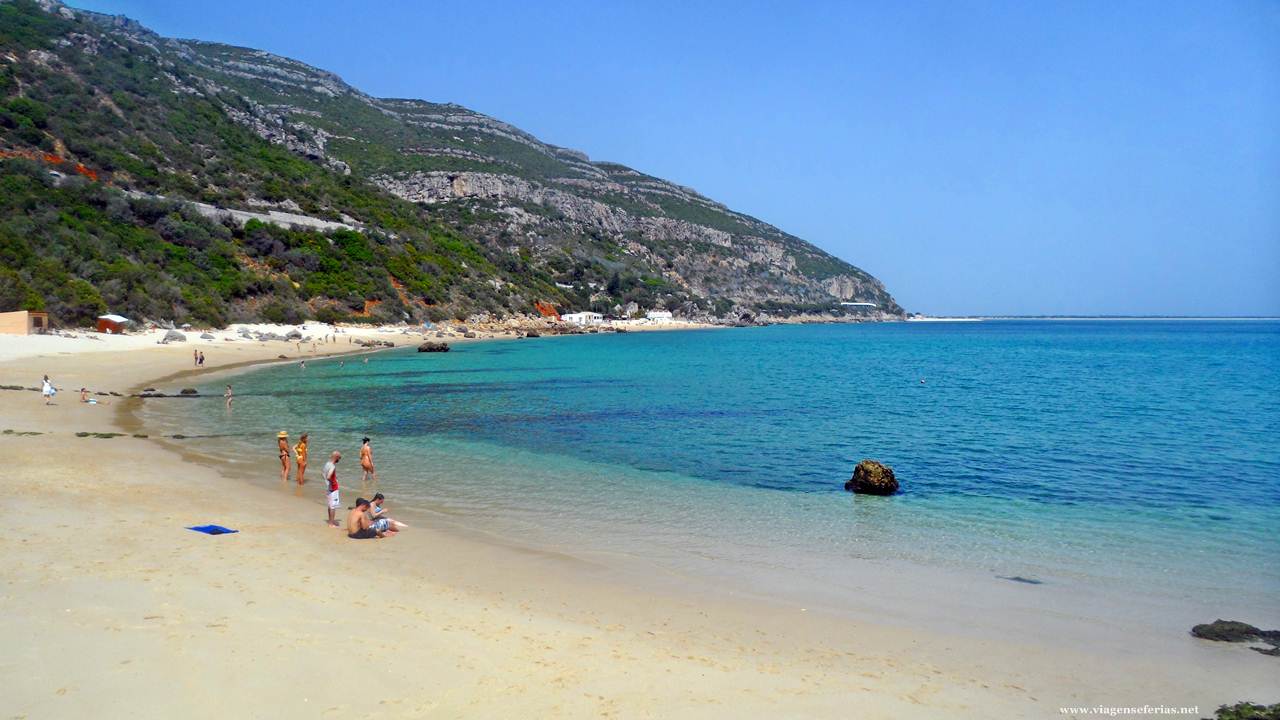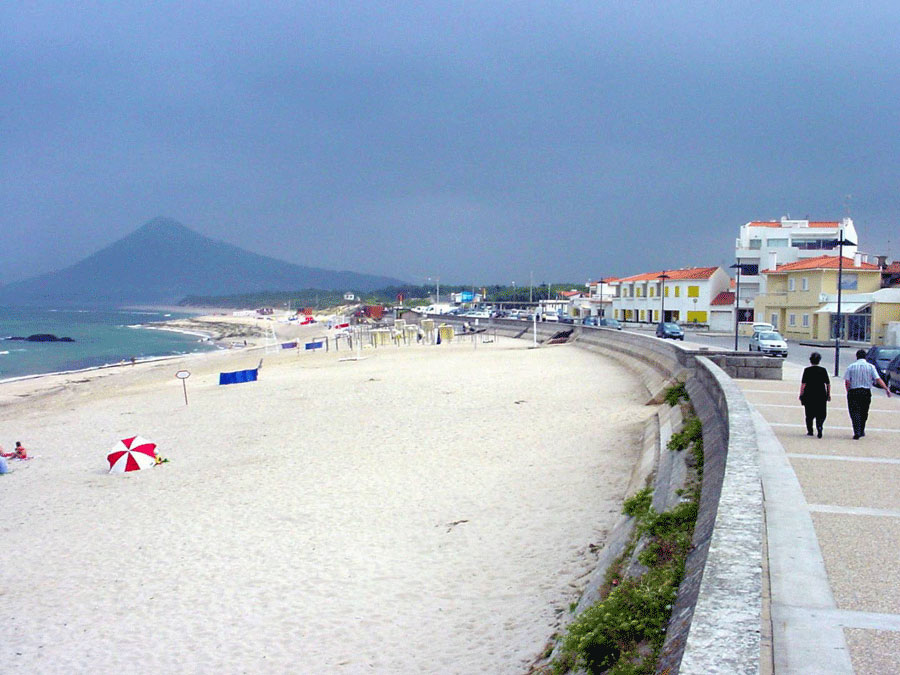Serra do Marão: Places to visit (pt.1)
The Serra do Marão region covers an extensive territory and diverse landscapes located between the borders of Minho, Douro and Trás-os-Montes.
Serra do Marão, a schist colossus with a height of 1419 m, is the central and most important orographic accident. It is a region that provides leisure and knowledge of landscape, human and environmental values.
In the area, you can visit one of the most important protected areas in Portugal – the Alvão Natural Park and the Douro Heritage of Humanity. The rivers, especially the Douro and the Tâmega, allow dazzling magnificent landscapes or a boat trip or the practice of water sports.
The Alvão Natural Park has the spectacular set of waterfalls on the river Olo, in which it overcomes a gap of several hundred meters, called Fisgas de Ermelo.
The rural world conserves uses and traditions, which arouse interest in the region. In the crafts, you can find the beautiful embroideries, the black muds of Bisalhães, the basketry or the tinning.
To visit…
Alijó – The village of Alijó is located at 620 m altitude, is an area of intense wine production, with special relief for the famous Favaios wine.
There are vestiges that will be inhabited in the stone age. The monuments to know are: Anta da Fonte Coberta; the Pousada do Barão Forrester; the Solar de Monterroio; the Sanctuary of Our Lady of Mercy and the Roman Bridge of Carlão and Sanfins.
In the gastronomy stand out for the roasted kid; the guts to Transmontana. In the confectionery are reference the Loaf of Water and Cavacas de Santa Eugenia.

Amarante – Occupies a prominent position in the Douro-Tâmega region, administratively dependent on the district of Porto. The region’s economy is based on the wood and by-products industry, and winemaking is an important center for producing green wine.
The Church of São Gonçalo is the most important monument in Amarante. It was founded in 1540, and its construction was completed in 1620, with several constructive eras. The bridge over the Tâmega (late eighteenth century); the megalithic cluster of Abogalheira (one of the most complete and important of the Iberian Peninsula); the Convent of Santa Clara (13th century) and the Church of Santo André de Telões are among the monuments to be seen in the region of Amarante.
Amarante is rich in candy making, with the famous Brisas do Tâmega, São Gonçalo Cake, Casadinhos, Cavacas and Galhofas, Nun’s Bellies, Lérias, or Papos de Angel.

Baião – Predominant agricultural county, has several historical monuments from the thirteenth to the seventeenth century. Of note, the Monastery of Santo André de Ancede; the Convent of Ermelo; the Casa de Penalva; the Church of Santa Marinha do Zêzere and the Church of Tresouras.
The gastronomy is influenced by its exposure to the river, namely the lamprey and trout. In beef, the roast kid is the specialty.

Cabeceiras de Basto – Municipality belonging to the district of Braga, located between the Atlantic confluence zone and the Transmontano Northeast. Its main economic sources are green wine, corn, olive oil, and livestock, with emphasis on the Barrosã and Maronesa cattle breeds.
In the monuments the highlight goes to the Moimenta Bridge; the Monastery of São Miguel de Refojos (13th century); the Cavez Bridge (13th century) and the Pelourinho das Pereiras (16th century).
In gastronomy, the specialties are cabbage with beans, Barrosã veal, cod with potatoes to the batter, the roast kid with rice in the oven, sarrabulho potatoes, Minho style rojões, and chouriça pastry.







